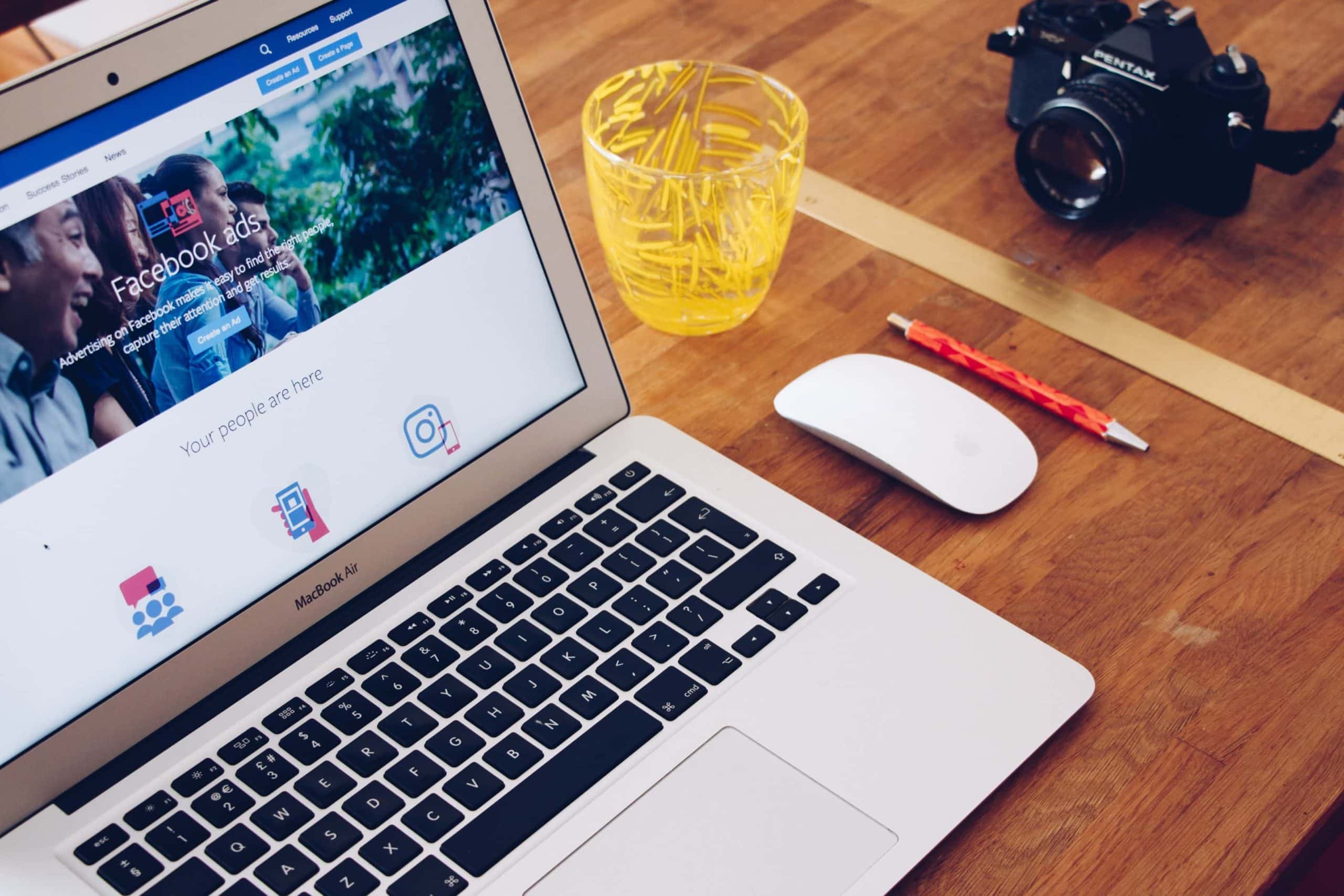Image Ratios for Facebook Ads

If you feel like Facebook changes its mind more than a teenage girl deciding what to wear to promyou are not alone.
One of the easiest ways to make your Facebook advertising standout or look totally amateur is the look of your images. More specifically, whether or not your ads are using the correct image sizes and aspect ratios.
Have you ever uploaded a new cover photo and quickly realized it was automatically cropped by the app?
Or worse, your new favorite profile picture is displaying all pixelated and grainy?
Fun factOn Facebook, images are automatically cropped from desktop to mobile devices. In simple terms, your images change depending on the device you are viewing them on.
However, we are not going to go over the best ways to make your personal profile stand out today. We want to go over the basics of Facebook advertising images. Video ads are for a different day. Whether you design the ads yourself or hire a graphic designer, knowing the nuts and bolts will help you. Bonus: Facebook has somehelpful tips for designing your own ads.
Defining the Relationship
Ok, before we go into the details of the various types of images and image ratios for Facebook ads you may use for your business or organization, lets quickly go over some basic definitions.
Do you know the difference between image size and aspect ratio? Simply put, image size is the width and height of an image measured in pixels. For example, 600 x 600 or 1080 x 1080. The aspect ratio on the other hand is the ratio of the width to the height of an image. For example, 1:1 or 9:16.
It is also helpful to be cognizant ofplacements. This is particularly helpful to think about in the strategy and planning stages of your advertising campaign. There are a variety of places Facebook allows you to display ads. In Facebook lingo, placement is where your ad will show up. If you want your ad to show up in people’s newsfeed, youd select feed placement.
You can choose automatic placements and allow Facebook to decide the best placement based on different factors, or you can manually select certain placements, in feeds and not stories, for example.
Placements are connected to image sizes because if you design creative that is the wrong size for a particular placement your ad is going to look wonky and unprofessional. An easy way to fail is to have a square ad designed, then decide to use it for story placement. Because story placement has a different image size and aspect ratio, if you try to use a feed ad, which is square, you are going to have a lot of dead space. It wont look good.
Plan Ahead
While Facebook is adapting and expanding its advertising avenues, the most common type of ad creative you will need falls into three basic buckets: square, story, and banner.
You have probably heard the adage, measure twice, cut once. When it comes to Facebook advertising, decide your placements, then design. Ok, it is definitely not as catchy, but it is true. You will prevent a lot of frustration for you (and your designer) if you are clear on the types of ads you want to run before you start getting creative.
For example, a simplified process would be:
1. Identify your advertising goals (think about the ideal audience, CTA, etc.)
2. Based on your goals, select the ad placements you think will be most beneficial
3. Double-check the proper image size, aspect ratio, and technical specs for the placement
4. Start designing (or hire a designer)!
5. Launch your crisp, clean, and professional ads!
By following a simple process like this, you will avoid delays and wonky images. One of the worst feelings is loading new images into a campaign and seeing pixelated or improperly sized images, along with a possible warning message. Trust us.
Image Ratios for Facebook Ads: Numbers You Need to Know
You probably already know this, but you want to make sure to have high-resolution images. JPG or PNG files are best. Now onto the numbers
Feed Ads
Recommended Image size: 1200 x 628 pixels or 1080 x 1080 pixels
Ratio: 9:16 to 16:9 without link, 1.9:1 to 1:1 with a link
Story Ads
Recommended image size: 1080 x 1920 pixels
Ratio: 9:16
Banner Ads
Minimum image size: 398 x 208 pixels
Ratio: 9:16
For additional placement options and relevant specs, check out Facebooks guide.
Another Dimension
Unfortunately, this is not a once-and-done type of effort. Facebook regularly makes changes to requirements and recommendations. But we are here to help! Check back to this handy guide, or hire one of our experts to make sure you always have crisp and eye-catching images.
If you are ready for a new dimension of knowledge in image ratios for Facebook ads and beyond, contact ustoday and our team of experts will create and optimize your campaign with accurate images that capture your audiences attention.